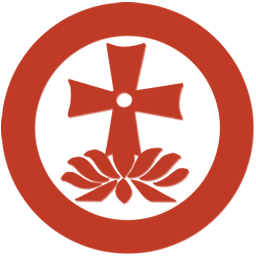Gloria Tseng, Search for a Chinese Church, The: Protestantism in Twentieth-Century China (2013)
Author: Tseng, Gloria
ISBN: 978 1 4411 3727 2
Format: Hardback
Pages: 288
Full description
In A Tale of Two Churches, Gloria Tseng departs from the standard historical focus of western missionaries to argue that the emergence of indigenous protestant churches in the intellectual fervent of the 1920s' China laid the foundation for a Chinese church that survived beyond the 1949 Communist takeover and even the Cultural Revolution. Once the PRC was founded in 1949, Chinese Protestant churches were forced to take one of two roads: Join the Three-Self Patriotic Movement, which meant submitting to the government's direction via the Bureau of Religious Affairs, or go underground to establish House Churches. (Three-Self stands for self-administering, self-supporting, and self-propagating.) In the first decade following the establishment of the communist regime, great pressure was exerted upon the churches to join the state-sponsored Three-Self campaign. But during the Cultural Revolution in the 1960s and '70s, even the Three-Self Churches were shut down. Religious life, along with formal education and the economy, came to a standstill. Tseng will be among the first to trace the connection between pre-1949 and post-49 Protestantism. Already in the 1920s, Chinese Christian circles had divided into modernist and fundamentalist camps. Modernists would take active part in the cultural debates and nationalistic discourse of the pre-1949 era, whereas fundamentalists would sow the seeds of defiance against the communist regime, leading to the development of house churches, that is, churches not recognized as part of the officially recognized Three-self campaign in the Mao era. Tseng's book will be grounded in local studies and individual histories - both of which are sorely needed in the current discourse. Using both document-based research and oral history groundwork, she will close her research with the story of Paul Xu, a fundamentalist preacher who defied the modernist-fundamentalist dichotomy. Xu was a communist, a Buddhist, and finally an underground fundamentalist preacher who was tortured during the Cultural Revolution. He is a figure who embodies the complicated political, intellectual, and social currents of twentieth-century China.
Table of contents
Chapter 1) Introduction: A historical and theological overview of Protestantism in China before and after 1949
Chapter 2) Oral history of a Local House Church in Zhejiang Province Chapter
3) Oral history of a Local Three-Self Church in Beijing Chapter
4) An Individual Study of Paul Xu: Communist turned Buddhist turned Christian Evangelical Chapter
5) Conclusion: Bridging the Divides
Biography
Gloria Tseng received her masters and Ph.D in history from the University of California, Berkeley. Studying with luminaries such as Frederick Wakeman and Susanna Buarrows, her dissertation examined the Chinese community in France during the interwar period. She is a member of the Society for French Historical Studies and the World History Association.






